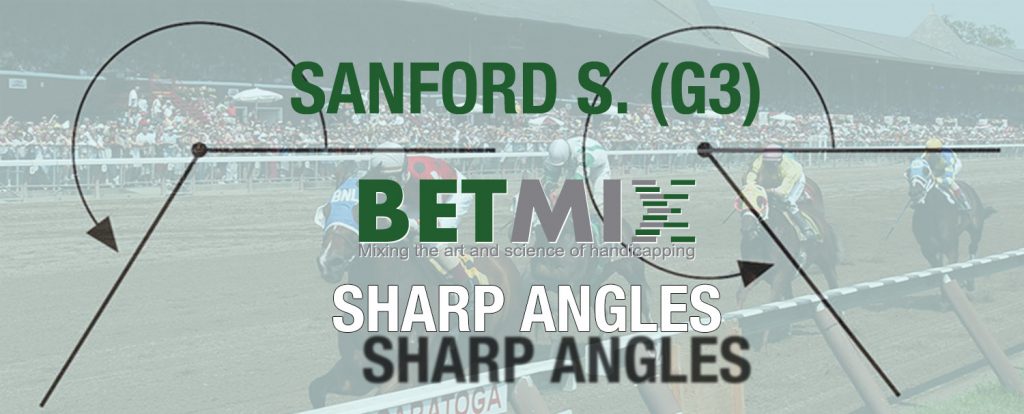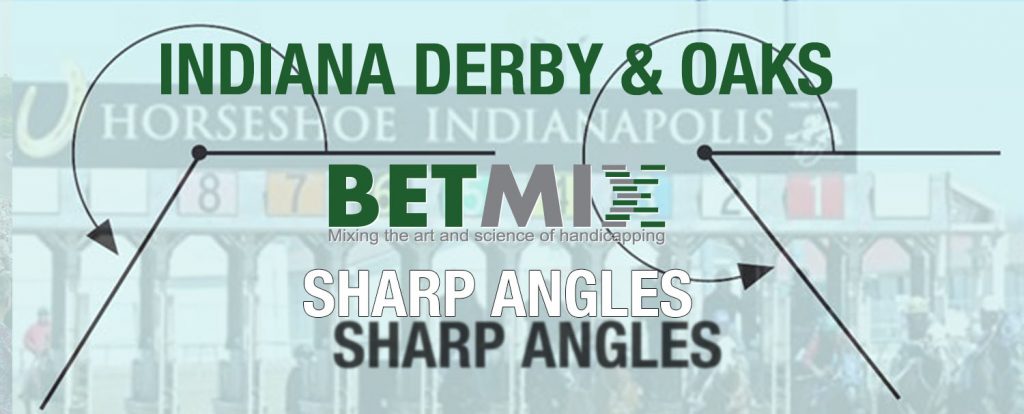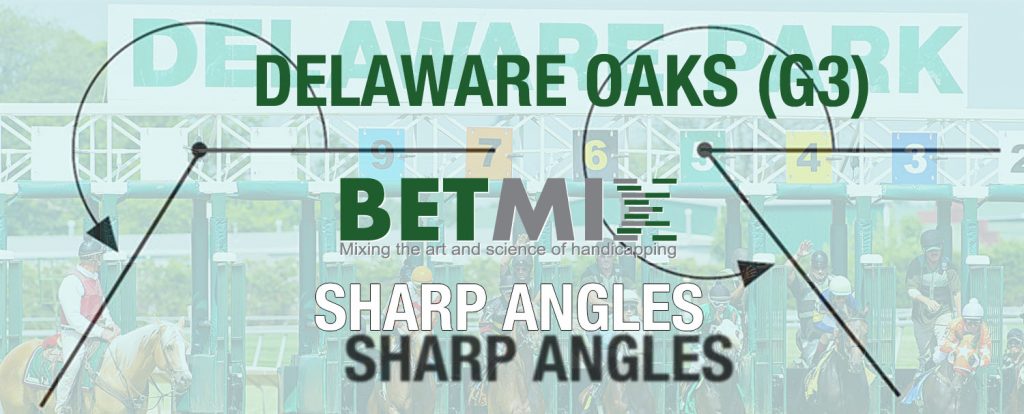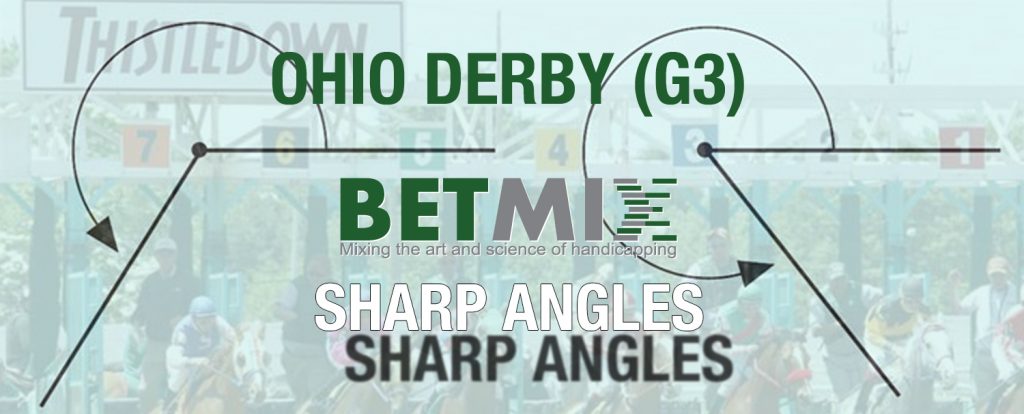Haskell S. (G1)
9F on Dirt (July 21)
Horse Racing Data Analyzed: Last 9 editions of the Haskell Inv.
Date Range: January 1, 2012 - Present
Sharp Angle: Ranked 1st in Best Lifetime Speed
Factor Stats: 14 contenders, 6 winners (42%, $19.40 Win Return, 169 ROI%), 7 Place/show (50%, $4.70 Place Return)
Saturday´ s Haskell Stakes has drawn a fascinating field of 8 sophomores including the winners of the Santa Anita, Arkansas and Florida Derbies. And neither may be the favorite with the unbeaten one-turn sensation Jack Christopher also in the starting gate.
We turned to Betmix Angler, the world´ s most powerful online handicapping database, for some insights and learned that the Best Lifetime Speed handicapping factor has pointed to 42% winners of this race while generating a $19.40 Win Return. The sample includes the double-digit winners Girvin ($20.40) and Bayern ($11.40).
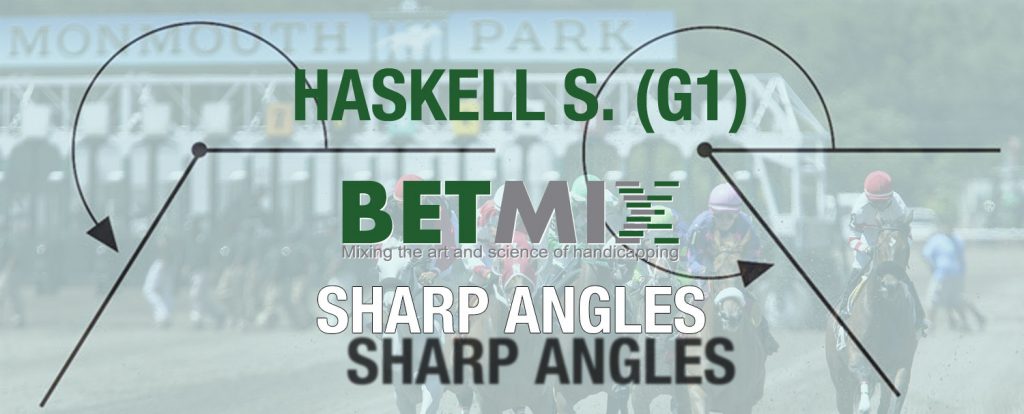
Find this race in Betmix Birddog and use the Best Lifetime Speed slider to see which horse ranks first in this factor. That’s the Sharp Angles play.
Want to look for your own Angles using Betmix handicapping software?
Click for the Betmix Angler tutorial
Click to subscribe to Betmix


